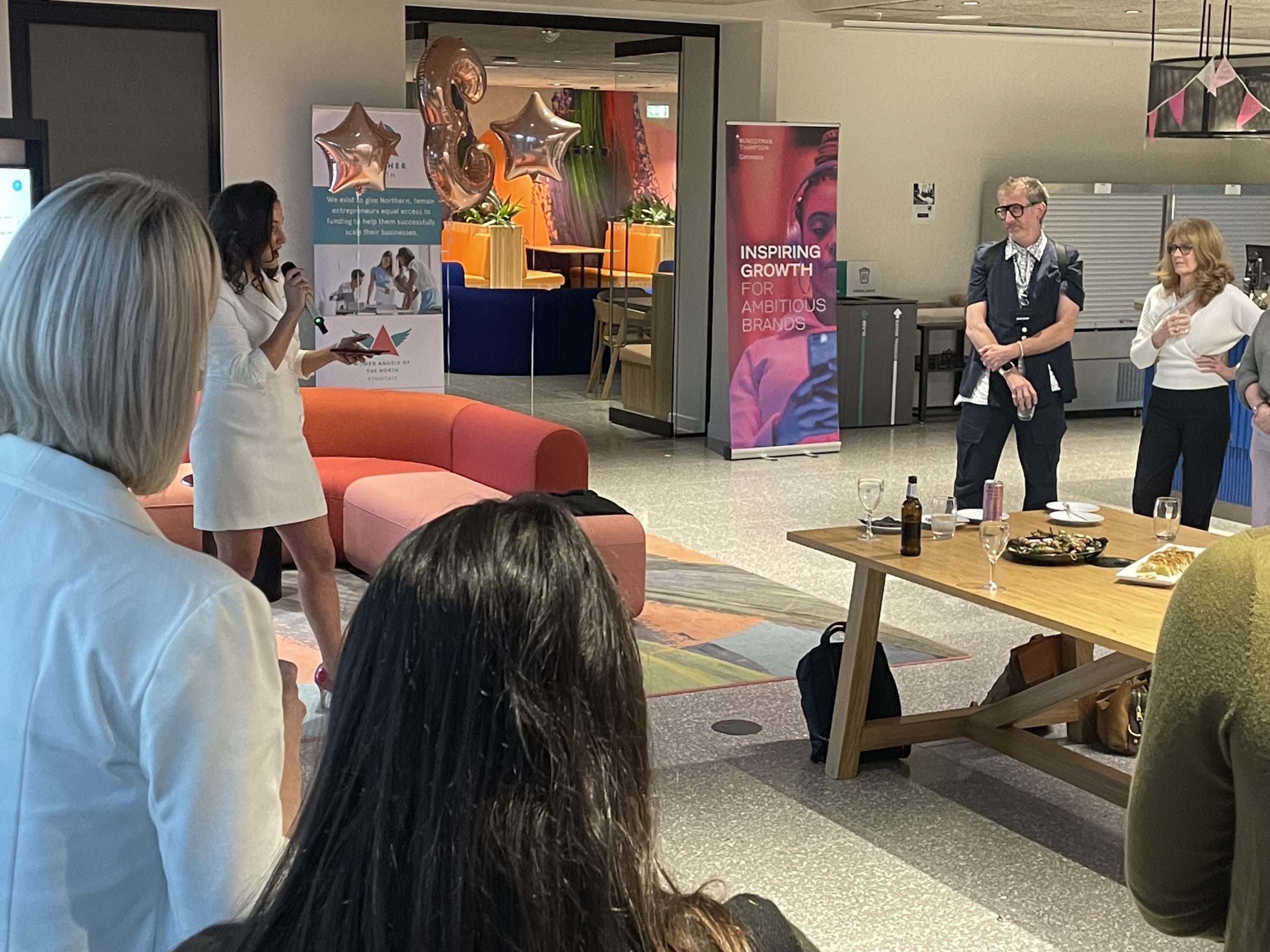It’s 1996.
Pepsi wants to sell more pop in Europe.
Their cans are the same colour as Coca-Cola’s – red. But… Coca-Cola is dominating market shares. So, surely a £500 million campaign to change their cans to blue must be the answer?
They paint a Concorde supersonic jet in the new Pepsi uniform, bring in Andre Agassi, Claudia Schiffer and Cindy Crawford to promote and televise the campaign…
But in the food industry, blue doesn’t really cut it – it’s not considered ‘fun, dynamic and exciting’ – it’s just a bit conservative.
I’m sure you can guess what happens (the title is a dead giveaway!) – Pepsi don’t see the returns they’d hoped for.
Why?
The issue was two-fold:
- They wanted to scale but hadn’t bothered to exercise their due diligence;
- They simply decided the solution was to focus on ‘the next generation of cola drinkers’… but failed to work out how best they could do that.
Unfortunately for Pepsi, there’s more to product development than great ideas, like…
Exploring the feasibility of scaling products!
‘Scaling is the process of rolling out something on a large scale. Whether it’s a social movement seeking to improve society with a policy to reduce inequality, or a corporation trying to make a buck, scaling is central to what most major organizations are usually trying to achieve.’ – John List
Frustrated by his own scaling endeavours, List (an economist at The University of Chicago) decided businesses needed a process to follow – so he wrote one.
In his book, The Voltage Effect, List attempts to systematise and improve scaling, using failures such as McDonald’s Arch Deluxe (more on that later) to show us what we can do differently to ensure success.
This article – ‘How to roll out big ideas and avoid the Museum of Failure’, List describes the 5 vital factors you need to consider when scaling:
- Avoid false positives
- Ensure focus groups are fully representative of the target demographic
- The initial ingredients to your successful trial must be scalable
- Watch out for ‘spill overs’ and the unintended consequences of scaling
- Ensure your product has positive economies of scale
There’s some valuable nuggets of wisdom there, but if we’re going to do this properly… we need to see it in action!
Let’s take a look around our carefully curated Museum of Failure – there’s definitely some lessons to be learnt.
Exhibit No.1 The false positives
Brace yourself, it’s another ‘let’s just go with our favourite idea!’
In 1996, McDonalds rolled out their new product The Arch Deluxe dubbed ‘the burger with the grown-up taste’.
It was received well by their focus groups… but completely flops after release.
Why?
McDonalds got so caught up with their exciting new idea, that they forgot to focus on the target consumers themselves – what did they want? What did they need?
Instead, they focused on what they wanted, which resulted in this costly catastrophe!
Exhibit No.2 The full representation of target demographic
Fast forward to 2021. The European Super League proposal is announced… And shot down within hours.
The project fails as soon as it begins.
Why?
The 12 founding member clubs didn’t tap into their audience’s mood and their current distrust of billionaire club owners. Fans felt like the ESL was betraying the values and traditions of their beloved clubs.
Fan power is as strong as ever but the ESL project failed to recognise that – it was certainly not the positive change to football they’d hoped to achieve!
Exhibit No.3 The scalability of every product
We’re in 2019 and the first foldable smart phone has just been released: Samsung’s Galaxy Fold. Pretty soon though, complaints about its durability delay its official launch. There are problems with the build quality and display of the screen, which is made of a plastic that easily scratches.
Samsung state that the product must be handled with care.
There’s no doubt this was a flop and in Samsung’s quest to launch the first foldable smart phone, they forgot one vital step – the idea was not tested technically. Uh-oh.
Exhibit No.4 The dreaded spill overs
It’s 2014 and Google Glass has just been released to the public. Smart devices, multitasking and hands-free use-ability are the latest trends in the tech industry… So, there’s no better time to release a new wave of immersive consumer tech, right?
Following a limited run the year before, Google was convinced the smart glasses would be a success… But they were a little hasty.
They forgot about the small matter of surveillance and privacy laws – consumers were not impressed.
‘When Google ultimately retired Glass, it was in reaction to an important act of line drawing. It was an admission of defeat not by design, but by culture.’ – Wired.com
Exhibit No.5 The economies of scale
Let’s go all the way back to 1976 and the unveiling of the Concorde – a jet capable of flying at supersonic speeds.
It’s an amazing feat of engineering and a pretty impressive example of modern scientists’ ingenuity.
But the fuel was too expensive. Not enough people could afford to fly on it. The aircraft was not profitable. And following a horrific accident in which 113 people died after the jet crashed into a hotel… it was a done deal.
By 2003 the Concorde was retired.
The economies of scale for the supersonic jets just weren’t viable.
Now to end the tour, here’s one final exhibit…
Oranges wrapped in cling film… genius?
Organic supermarket retailer Wholefoods decided to take convenience to the next level – because why unpeel an orange when you can just unwrap the cling film it’s covered in?
It’s quick, easy, convenient, and the cling film provides an excellent protective layer to stop an orange from going bad…
Sounds a bit like orange peel?
To find out more about how we can help you with your innovation challenges, in Lancaster, Lancashire, the North West and beyond, get in touch.







